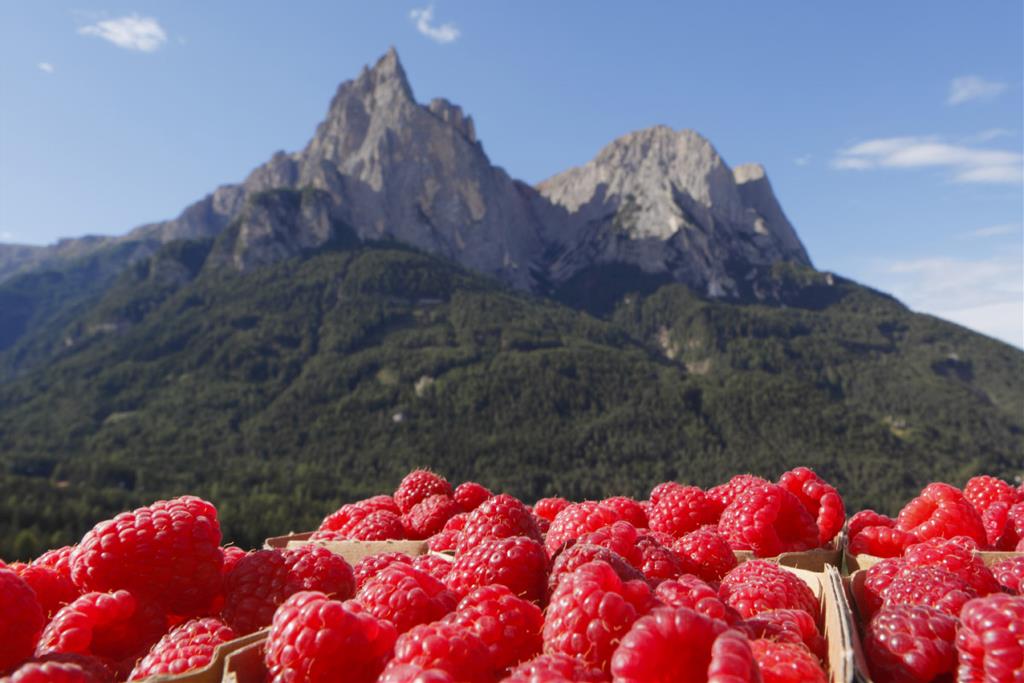CSO Italy provides an overview of cultivated areas for strawberries and berries in Italy. A valuable update for companies refining their strategies for the upcoming campaigns.
Strawberries
Starting with CSO Italy's survey estimating the extent of specialized strawberry cultivation in Italy for the year 2024, there is a slight decrease (-1% from 2023), totaling about 4,070 hectares. 84% of the total installations are in protected cultivation, while the remaining 16% is in open fields. Greenhouse areas increase by one percentage point, while open-field areas decrease by 6%.
There is a continuing trend of strengthening strawberry cultivation in the Southern regions of Italy, with a decrease in the northern areas. Basilicata and Campania maintain their leadership as the primary production areas, covering 52% of total Italy. In Basilicata, stability is estimated compared to the previous campaign, with approximately 1,030 hectares. In Campania, cultivation strengthens with a 3% increase, reaching 1,080 hectares.
However, there is a decline in Sicily (-6% from 2023) and Calabria with a -10% compared to the previous year, albeit less than the preceding two years.
In the North, there is an estimated 3% decrease in cultivated areas compared to the previous season, totaling about 920 hectares. The decline is observed in Emilia Romagna (-1%), Piemonte (-3%), and Trentino Alto Adige (-6%). Only Veneto shows a slight growth, +2% from 2023.
In Central Italy, there is a slight increase of 2% in cultivated areas, totaling 500 hectares.
Other berries
CSO Italy conducted a similar survey on other berries, yielding the following results.
After years of expansion, berry cultivation areas in Italy, including blueberries, raspberries, currants, gooseberries, and blackberries, show a slowdown in 2023. The national area for berries is just over 2,500 hectares, a -2% from 2022.
Piemonte remains the leading region in Italy for cultivated area, but there is a slight decrease of -1% from 2022 (just under 800 hectares). Blueberries remain stable with approximately 700 planted hectares, while other species like raspberries and currants show a slight decrease (-5%) and blackberries a more evident decrease (-13%).
Other important berry-producing regions in Northern Italy have areas ranging from 300 to 400 hectares. Lombardia has about 400 hectares, with a focus on blueberries and fewer plantings of raspberries, blackberries, and currants. Trentino Alto Adige continues to expand, +4% from the previous year (about 370 hectares), but with a significantly reduced growth rate. Blueberries dominate, covering nearly half of the total area.
Veneto, with a slight decrease of -3% from 2022, follows with around 330 hectares. Only blackberries show an increase (+2%), while other species' areas have decreased.
On a national level, Emilia-Romagna is still slightly growing, +2% from 2022, with approximately 125 hectares, where blueberries predominate over blackberries.
In the South, Sicily has a slight increase to over 100 hectares, while Calabria decreases to about 60 hectares in 2023. In Sicily, blueberries and blackberries dominate and continue to grow. In Calabria, raspberries surpass blueberries but are decreasing. In other southern regions, raspberries still dominate but are declining in favor of blueberries.
Overall in Italy this year, blueberries cover almost 1,600 hectares (+1% from 2022), raspberries decrease to about 480 hectares (-9%). Blackberries are slightly declining with just over 240 hectares (-1% from 2022), and currants with approximately 190 hectares (-2% from 2022). The cultivation of gooseberries remains negligible.









